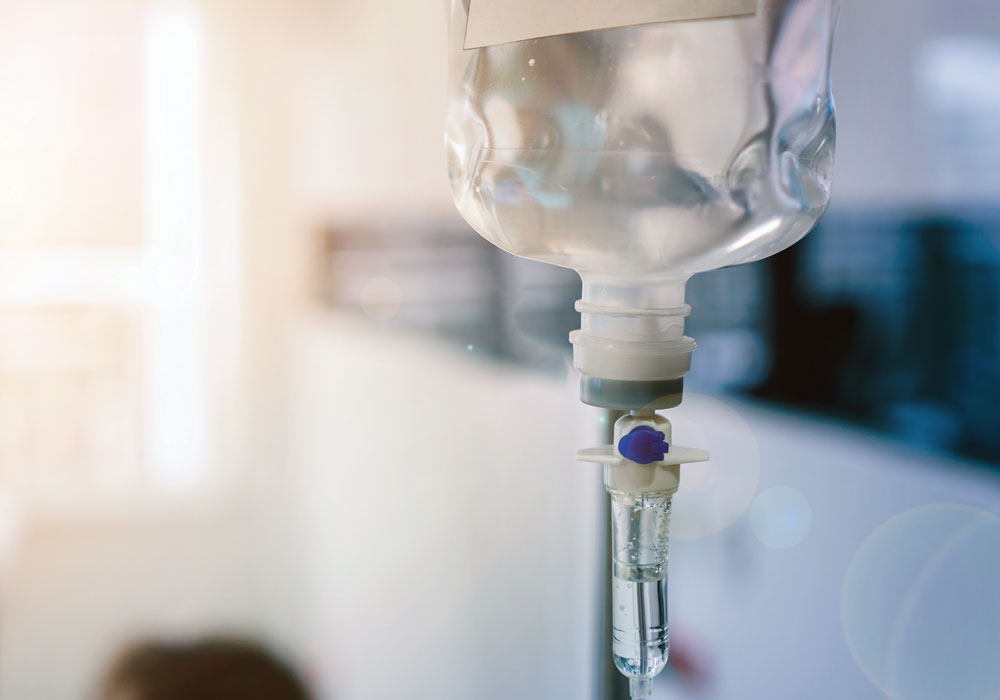Research suggests that healthcare workers (HCWs) who handle hazardous drugs (HDs) may experience acute effects such as skin rashes or more chronic effects including adverse reproductive events and malignancy.
Consequently, government and regulatory agencies such as the National Institute for Occupational Safety and Health (NIOSH), Centers for Disease Control and Prevention, and Occupational Safety and Health Administration (OSHA) issue recommendations for safe handling, including the use of personal protective equipment (PPE). Adherence to these recommendations minimizes the risk of unintended exposure and harmful side effects. Because there is no safe level of exposure to HDs and no reliable method of monitoring work-related exposure, strict adherence to safety standards is essential.
What ONS Recommends
Based on OSHA and NIOSH standards, ONS recommends a hierarchy of controls to ensure safe practice and reduce opportunity for exposure. These include use of biologic safety cabinets and closed-system transfer devices (CSTDs), clearly defined policies and procedures, and staff training with competency demonstration. ONS also recommends PPE, which is known to protect HCWs against exposure to HDs. Follow these best practices for safety:
- Donning two pairs of gloves tested against chemotherapy agents during all handling activities
- Wearing a disposable gown made from a low permeable fabric with back closure
- Using eye and face protection when splashing may be a risk
Surface contamination is consistently found in studies testing for the presence of traces of hazardous agents, as well as the body fluids of those who’ve received these agents. Therefore, PPE recommendations also apply to nursing assistants, environmental staff, and others who may have contact with patients receiving HDs. Safe handling precautions related to newer, nonchemotherapy agents, including biotherapy, targeted agents, and immunotherapy, are drug specific.
Limited research is available on the hazardous potential of investigational drugs and those new to market. Collaboration with infection control or biologic safety departments may assist when developing policies and procedures regarding these agents until more is known about long-term effects.
Each care site should have an ongoing process for drug evaluation through current literature, product information, and safety data sheets. HD precautions are indicated when drugs display traits of carcinogenicity, teratogenicity, genotoxicity, reproductive toxicity, or organ toxicity at low doses, as well as those with a mechanism of action that indicates a hazardous risk.
USP Chapter 800
The U.S. Pharmacopeial Convention document, Hazardous Drugs—Handling in Healthcare Settings, commonly referred to as Chapter 800, has recommendations for the use of PPE that align with ONS’s. Chapter 800 also outlines additional components, such as use of CSTDs, hierarchy of control requirements, and HCW training and communication. Reviewing practice implications associated with Chapter 800 may be beneficial to ensure compliance with all standards surrounding safe handling.
ONS offers a variety of resources to help implement and provide rationale for safe handling, including many of our publications, online courses, and position statements. This is also a frequently discussed topic on the ONS Communities discussion boards. ONS’s Safe Handling of Hazardous Drugs walks practitioners and administrators through various research and practice recommendations. Adherence to these recommendations is imperative as research continues to identify traces of hazardous agents on surfaces and HCWs’ gloves and gowns, indicating that the risk for exposure is present.






